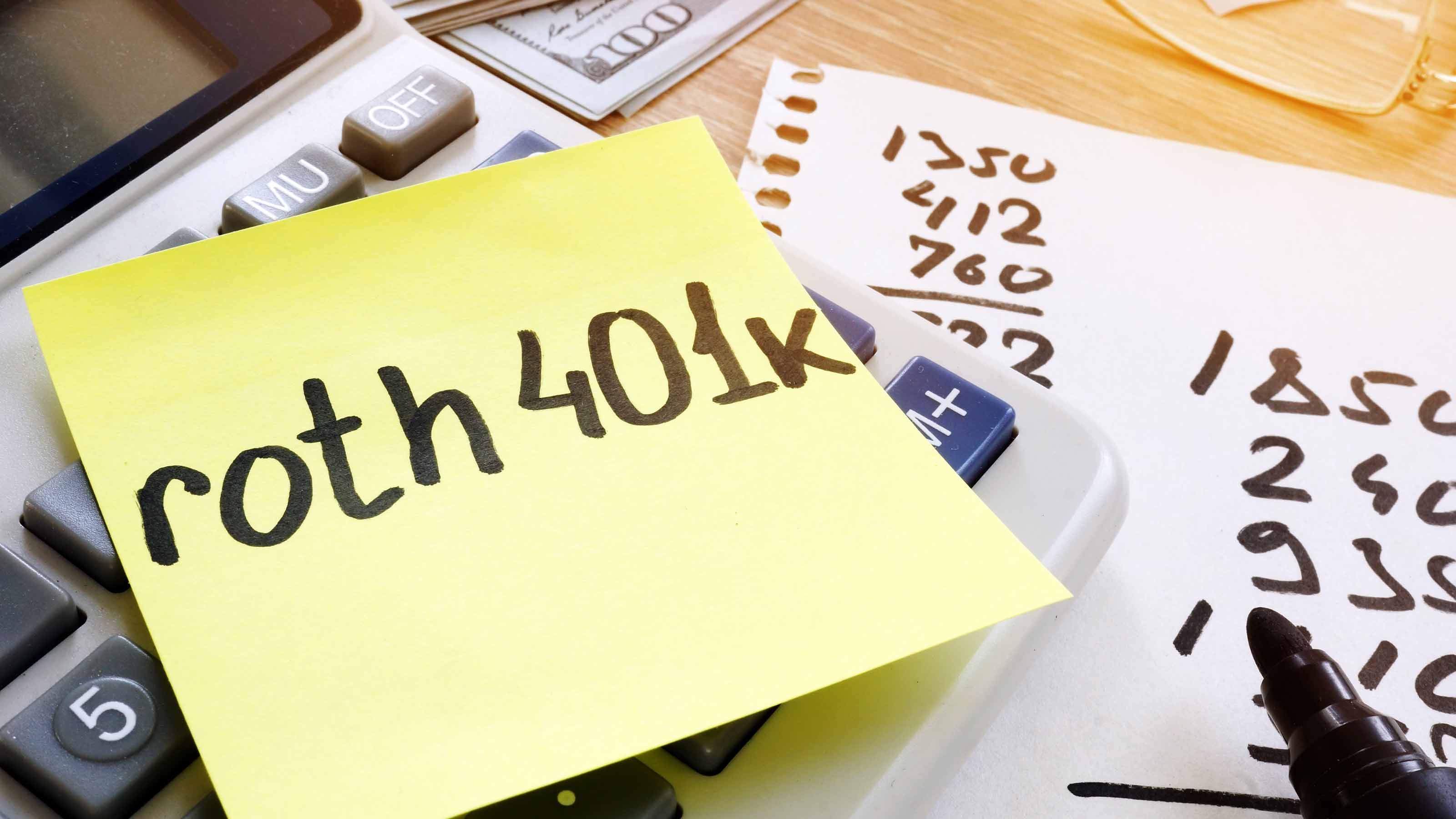Taking Advantage of Higher QLAC Limits in 2019
You'll need to crunch some numbers before you contribute more toward your qualified longevity annuity contract for retirement.


Question: I invested $125,000 of my IRA in a qualified longevity annuity contract a few years ago. That was the maximum I could contribute then, but now I see that the maximum for 2019 is $130,000. Can I add $5,000 to the QLAC?
Answer: Possibly—though this can be a little tricky and requires a calculation, says Christine Russell, senior manager of retirement and annuities for TD Ameritrade.
The QLAC premium limit is $130,000 for 2019, and that limit applies to all retirement accounts you own. So if you already invested $125,000 in a QLAC in your IRA under the old limit, you may be able to make additional QLAC purchases. However, Russell says, a lot of people forget that there is a percentage limit as well.
From just $107.88 $24.99 for Kiplinger Personal Finance
Become a smarter, better informed investor. Subscribe from just $107.88 $24.99, plus get up to 4 Special Issues

Sign up for Kiplinger’s Free Newsletters
Profit and prosper with the best of expert advice on investing, taxes, retirement, personal finance and more - straight to your e-mail.
Profit and prosper with the best of expert advice - straight to your e-mail.
Your total QLAC premiums can’t exceed 25% of your retirement account balance, including the fair market value of QLACs already purchased, or $130,000—whichever is less. To determine the 25% limit for your IRAs, include all traditional IRAs, SEP IRAs or SIMPLE IRAs, but not Roth IRAs or inherited IRAs. (The 25% limit applies separately to each 401(k) you own.)
For example, let’s say you paid $125,000 for a QLAC in 2016 when your IRA account balance was $500,000. As of December 31, 2018, the non-QLAC IRA balance is $380,000, while the QLAC’s value is $125,000. (You should receive IRS Form 1098-Q, which shows the QLAC value.) That totals $505,000, and 25% of that total is $126,250. In this case, the percentage limit means you can only add $1,250 to the QLAC this year. If the IRA balance were larger, then the owner could add more to the QLAC in that example, says Russell. If the IRA balance was smaller, she notes, the owner might not be able to make any new QLAC investment.
Profit and prosper with the best of Kiplinger's advice on investing, taxes, retirement, personal finance and much more. Delivered daily. Enter your email in the box and click Sign Me Up.

-
 4 Great Tools to DIY Your Own Financial Plan
4 Great Tools to DIY Your Own Financial PlanSmart Savings Several tools picked out by Kiplinger that DIYers can use to make their own financial plan.
-
 The 7-Month Deadline That Sets Your Lifetime Medicare Premiums
The 7-Month Deadline That Sets Your Lifetime Medicare PremiumsUnderstanding Medicare enrollment is crucial, as missing deadlines can lead to permanent late enrollment penalties and gaps in coverage.
-
 Retirees Living in Portugal: You Need a Post-NHR Tax Strategy
Retirees Living in Portugal: You Need a Post-NHR Tax StrategyWhen your 10-year Non-Habitual Resident tax break ends, you could see your tax rate soar. Take steps to plan for this change well before the NHR window closes.
-
 457 Plan Contribution Limits for 2026
457 Plan Contribution Limits for 2026Retirement plans There are higher 457 plan contribution limits in 2026. That's good news for state and local government employees.
-
 Medicare Basics: 12 Things You Need to Know
Medicare Basics: 12 Things You Need to KnowMedicare There's Medicare Part A, Part B, Part D, Medigap plans, Medicare Advantage plans and so on. We sort out the confusion about signing up for Medicare — and much more.
-
 The Seven Worst Assets to Leave Your Kids or Grandkids
The Seven Worst Assets to Leave Your Kids or Grandkidsinheritance Leaving these assets to your loved ones may be more trouble than it’s worth. Here's how to avoid adding to their grief after you're gone.
-
 SEP IRA Contribution Limits for 2026
SEP IRA Contribution Limits for 2026SEP IRA A good option for small business owners, SEP IRAs allow individual annual contributions of as much as $70,000 in 2025, and up to $72,000 in 2026.
-
 Roth IRA Contribution Limits for 2026
Roth IRA Contribution Limits for 2026Roth IRAs Roth IRAs allow you to save for retirement with after-tax dollars while you're working, and then withdraw those contributions and earnings tax-free when you retire. Here's a look at 2026 limits and income-based phaseouts.
-
 SIMPLE IRA Contribution Limits for 2026
SIMPLE IRA Contribution Limits for 2026simple IRA For 2026, the SIMPLE IRA contribution limit rises to $17,000, with a $4,000 catch-up for those 50 and over, totaling $21,000.
-
 457 Contribution Limits for 2024
457 Contribution Limits for 2024retirement plans State and local government workers can contribute more to their 457 plans in 2024 than in 2023.
-
 Roth 401(k) Contribution Limits for 2026
Roth 401(k) Contribution Limits for 2026retirement plans The Roth 401(k) contribution limit for 2026 has increased, and workers who are 50 and older can save even more.